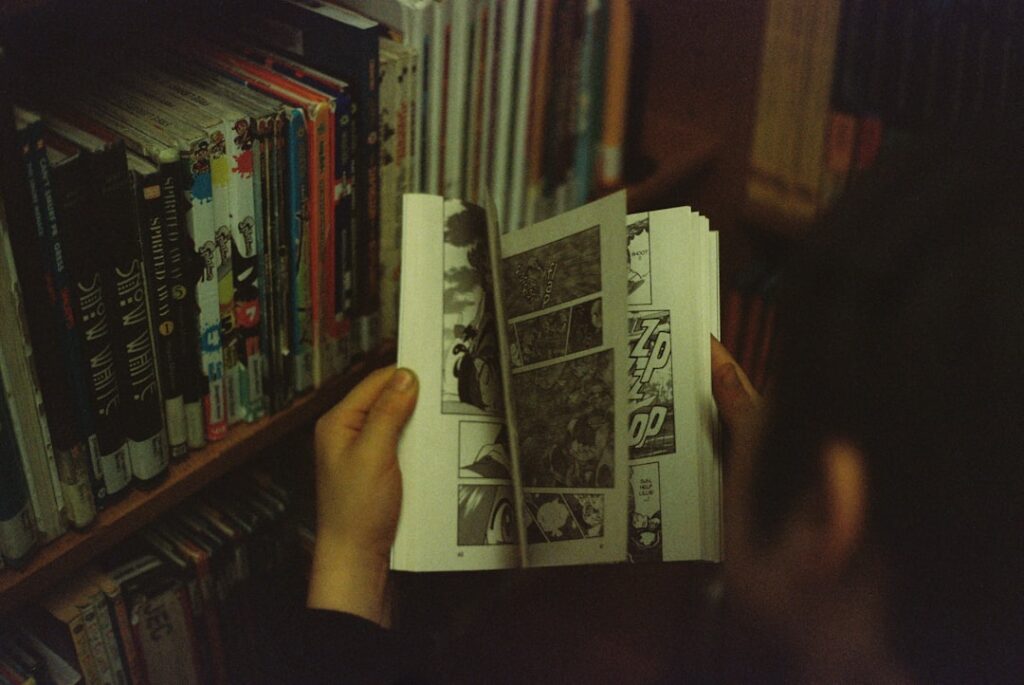The rhombus is a geometric shape that has a rich history dating back to ancient civilizations. The word “rhombus” comes from the Greek word “rhombos,” which means spinning top. The shape has been used in various cultures and has been an important symbol in many religious and cultural contexts. The rhombus has been found in ancient Egyptian hieroglyphics, where it was used to represent the concept of balance and harmony. In ancient Greece, the rhombus was associated with the goddess Athena and was used as a symbol of strength and power. The shape has also been used in Islamic art and architecture, where it is often found in intricate geometric patterns. Throughout history, the rhombus has been a symbol of balance, harmony, and strength, and its significance can be seen in various cultural and religious contexts.
The rhombus has also played a significant role in the development of mathematics and geometry. The shape has been studied by mathematicians for centuries, and its properties and characteristics have been the subject of much exploration and discovery. The rhombus is a special type of quadrilateral, with all four sides of equal length. It is also known as a diamond, due to its resemblance to the shape of a diamond. The rhombus has been used in various mathematical proofs and theorems, and its unique properties have made it an important shape in the field of geometry. As a result, the rhombus has become an integral part of mathematical education and is often used to teach students about the principles of geometry and spatial reasoning.
Key Takeaways
- The rhombus shape has a rich history dating back to ancient civilizations such as the Egyptians and Greeks.
- A rhombus is a special type of quadrilateral with unique properties, including equal sides and opposite angles.
- The rhombus is commonly used in geometry and architecture for creating patterns, tiles, and decorative elements.
- The rhombus is related to other shapes such as the square, rectangle, and parallelogram, sharing some similarities and differences.
- Mathematical formulas and equations associated with the rhombus include area, perimeter, and diagonals, which are important for calculations and problem-solving.
Properties and Characteristics of the Rhombus
The rhombus is a special type of quadrilateral with several unique properties and characteristics. One of the most distinctive features of the rhombus is that all four sides are of equal length. This means that the opposite sides of the rhombus are parallel and congruent, making it a parallelogram. Additionally, the diagonals of a rhombus are perpendicular to each other, bisecting each other at a 90-degree angle. This property makes the rhombus a type of kite, which is a quadrilateral with two distinct pairs of adjacent sides that are congruent.
Another important property of the rhombus is that its angles are not necessarily right angles, but they are always equal to each other. This means that all four angles of a rhombus are congruent, making it a type of equilateral quadrilateral. Additionally, the diagonals of a rhombus bisect each other at their point of intersection, creating four right-angled triangles within the shape. These unique properties make the rhombus an important shape in geometry, as it exhibits a combination of characteristics that are not found in other quadrilaterals.
Applications of the Rhombus in Geometry and Architecture
The rhombus has many practical applications in geometry and architecture. In geometry, the rhombus is often used to teach students about the properties of quadrilaterals and the principles of symmetry and congruence. The shape is also used in various mathematical proofs and theorems, as its unique properties make it an important tool for understanding geometric concepts. Additionally, the rhombus is used in architectural design, where it is often incorporated into building facades, windows, and decorative elements.
In architecture, the rhombus is often used to create visually striking patterns and designs. The shape’s symmetry and balance make it an ideal choice for creating intricate geometric patterns that can be used to enhance the aesthetic appeal of a building. The rhombus is also used in structural design, where it can be used to create stable and durable structures. For example, the use of rhombus-shaped tiles or bricks can create a strong and stable surface that is resistant to wear and tear. Overall, the rhombus has many practical applications in geometry and architecture, where its unique properties make it an important shape for both artistic and structural purposes.
The Relationship Between the Rhombus and Other Shapes
The rhombus is closely related to several other geometric shapes, including the square, rectangle, and parallelogram. The square is a special type of rhombus, as it has all the properties of a rhombus but with the additional characteristic that all four angles are right angles. This means that a square is both a rhombus and a rectangle, making it a unique combination of properties from both shapes. The rectangle is also related to the rhombus, as it is a type of parallelogram with all four angles being right angles. This means that a rectangle is both a parallelogram and a rhombus, sharing properties with both shapes.
Additionally, the rhombus is related to the parallelogram, as it shares many properties with this type of quadrilateral. Both shapes have opposite sides that are parallel and congruent, making them both types of parallelograms. However, the rhombus has the additional property that all four sides are of equal length, making it a special type of parallelogram. Overall, the rhombus is closely related to several other geometric shapes, sharing properties with the square, rectangle, and parallelogram while also exhibiting unique characteristics that set it apart from these shapes.
The Mathematical Formulas and Equations Associated with the Rhombus
The rhombus has several mathematical formulas and equations associated with its properties and characteristics. One important formula related to the rhombus is its area formula, which can be calculated using the formula A = (d1 * d2) / 2, where A represents the area of the rhombus and d1 and d2 represent the lengths of its diagonals. This formula allows for the calculation of the area of a rhombus based on the lengths of its diagonals, providing a simple method for determining the size of the shape.
Another important formula associated with the rhombus is its perimeter formula, which can be calculated using the formula P = 4s, where P represents the perimeter of the rhombus and s represents the length of its sides. This formula allows for the calculation of the perimeter of a rhombus based on the length of its sides, providing a simple method for determining the total distance around the shape.
In addition to these formulas, there are several equations associated with the properties of the rhombus, including equations for calculating its angles, diagonals, and side lengths. These mathematical formulas and equations are important tools for understanding and working with the properties of the rhombus, allowing for precise calculations and measurements related to this unique geometric shape.
Fun Facts and Trivia About the Rhombus

There are several fun facts and trivia about the rhombus that make it an interesting shape to study and explore. For example, did you know that a square is actually a special type of rhombus? This means that all squares are technically rhombuses, but not all rhombuses are squares. Additionally, the word “rhombus” comes from the Greek word “rhombos,” which means spinning top. This name reflects the shape’s resemblance to a spinning top when viewed from certain angles.
Another interesting fact about the rhombus is that it can be found in nature, such as in certain types of crystals and minerals. The unique properties of the rhombus make it an ideal shape for forming stable structures in nature, leading to its presence in various natural formations.
The rhombus also has cultural significance in many parts of the world, where it has been used as a symbol of balance, harmony, and strength. In ancient civilizations such as Egypt and Greece, the rhombus was often associated with powerful deities and important cultural concepts.
Overall, these fun facts and trivia about the rhombus highlight its unique properties and cultural significance, making it an interesting shape to study and explore.
How to Create and Manipulate Rhombus Shapes in Art and Design
In art and design, there are many ways to create and manipulate rhombus shapes to create visually striking patterns and designs. One common method for creating rhombus shapes is through tessellation, which is the process of creating a pattern by repeating geometric shapes without any gaps or overlaps. By arranging rhombuses in various orientations and configurations, artists and designers can create intricate tessellations that can be used to enhance the aesthetic appeal of their work.
Another method for manipulating rhombus shapes in art and design is through perspective drawing techniques. By using techniques such as foreshortening and vanishing points, artists can create realistic depictions of three-dimensional objects that incorporate rhombus shapes into their designs. This allows for the creation of dynamic compositions that draw viewers into the artwork.
In addition to these methods, there are many digital tools available for creating and manipulating rhombus shapes in art and design. Software programs such as Adobe Illustrator and Photoshop provide artists and designers with powerful tools for creating precise geometric shapes and patterns using rhombuses.
Overall, there are many creative ways to create and manipulate rhombus shapes in art and design, allowing for endless possibilities for incorporating this unique geometric shape into artistic compositions.
Check out this fascinating article on the benefits of incorporating rombus patterns in interior design on The Daily Men. The article explores how rombus patterns can add a modern and dynamic touch to any space, creating visual interest and depth. Whether it’s through tiles, wallpaper, or textiles, rombus patterns can bring a unique and stylish element to your home decor. Discover how to effectively integrate this geometric design into your living spaces and elevate the overall aesthetic of your home.
FAQs
What is a rombus?
A rombus is a quadrilateral with all sides of equal length and opposite sides parallel to each other. It is also known as a rhombus.
What are the properties of a rombus?
The properties of a rombus include having all sides of equal length, opposite angles of equal measure, and diagonals that bisect each other at right angles.
How is a rombus different from a square?
A rombus has opposite sides that are parallel but not necessarily perpendicular, while a square has all sides of equal length and all angles of 90 degrees.
What are some real-life examples of a rombus?
Examples of a rombus in real life include the shape of a playing card, the shape of a kite, and the shape of certain types of jewelry.
What is the formula for the area of a rombus?
The formula for the area of a rombus is A = base x height, where the base is one of the sides and the height is the perpendicular distance between the base and its opposite side.






